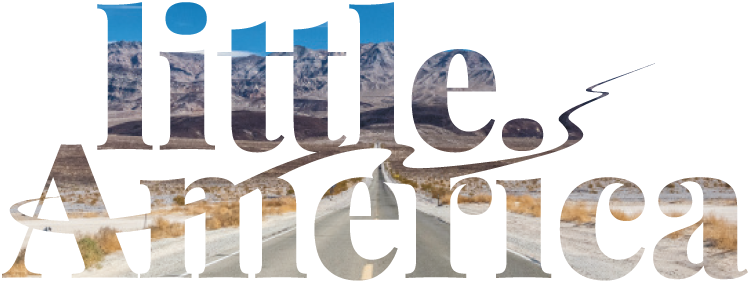Wildlife
The wildlife of Yellowstone is as exciting as the landscape here. Wolves were hunted to extinction in the last century and only reintroduced Book a guided tour with professional nature guides who will share their knowledge with you and make your visit an unforgettable experience. Many of these guides are experienced wildlife biologists and former rangers and they can tell you stories of the reintroduction of the bison, the largest mammal in North America.
The park is home to over one hundred species of animals, including bears, bison, elk and antelope, and the aptly named Rocky mountain wolf. The further you hike, the greater the chance of spotting the park's famous wildlife. Do remember to keep the recommended distances. Stay 100 metres away from black and grizzly bears, and wolves and 50 metres away from bison, elk, and all other wildlife.
Other interesting fauna to keep an eye open for are Canadian lynx, coyotes, and cougars. There are other large mammals such as the elk, moose, mule deer, white-tailed deer, mountain goats, pronghorn and bighorn sheep. The park also boasts over 300 species of birds, including 26 pairs of nesting bald eagles.



























